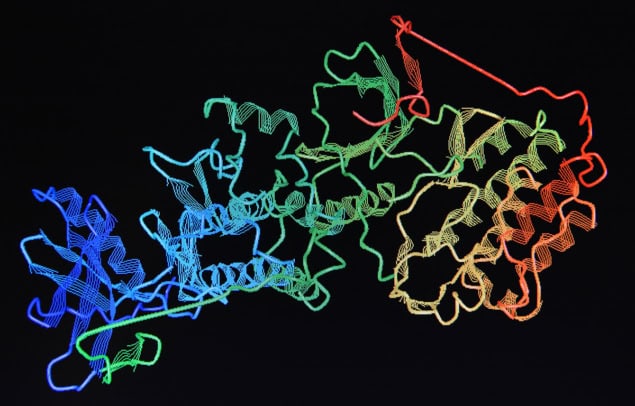Researchers have found a new way to optimise the design of molecular motors, bringing us one step closer to making synthetic molecular machines a reality

A molecular machine is an assembly of molecular components that produces mechanical movements in response to specific stimuli, similar to everyday objects like hinges and switches.
The power of what can be accomplished with these machines in biology is huge. They are responsible for everything from muscle contraction to DNA replication.
Attaining the same precise control over molecular motion with artificial molecular machines is currently an active area of research.
Researchers from the August Chełkowski Institute of Physics have been studying one component of these machines – rotary molecular motors. As the name suggests, these machines convert chemical or electrochemical energy into mechanical work by rotating one part relative to another.
The team built their motors out of phenylene molecules within a solid crystal and studied them with a technique called broadband dielectric spectroscopy.
This measures how a material responds to a varying electrical field. In addition to imaging rotational motion, it can detect interactions between the molecular machine and its environment.
The team found several key markers within their data that reflected the strength of these interactions and therefore how well the molecular rotors were able to rotate. Using these markers will be important in optimising the design of future molecular rotors and brings us one step closer towards artificial molecular machines.
Read the full article
Image of the solid-state rotary motion encoded in the dielectric response – IOPscience
M Rams-Baron et al 2024 Rep. Prog. Phys. 87 108002
